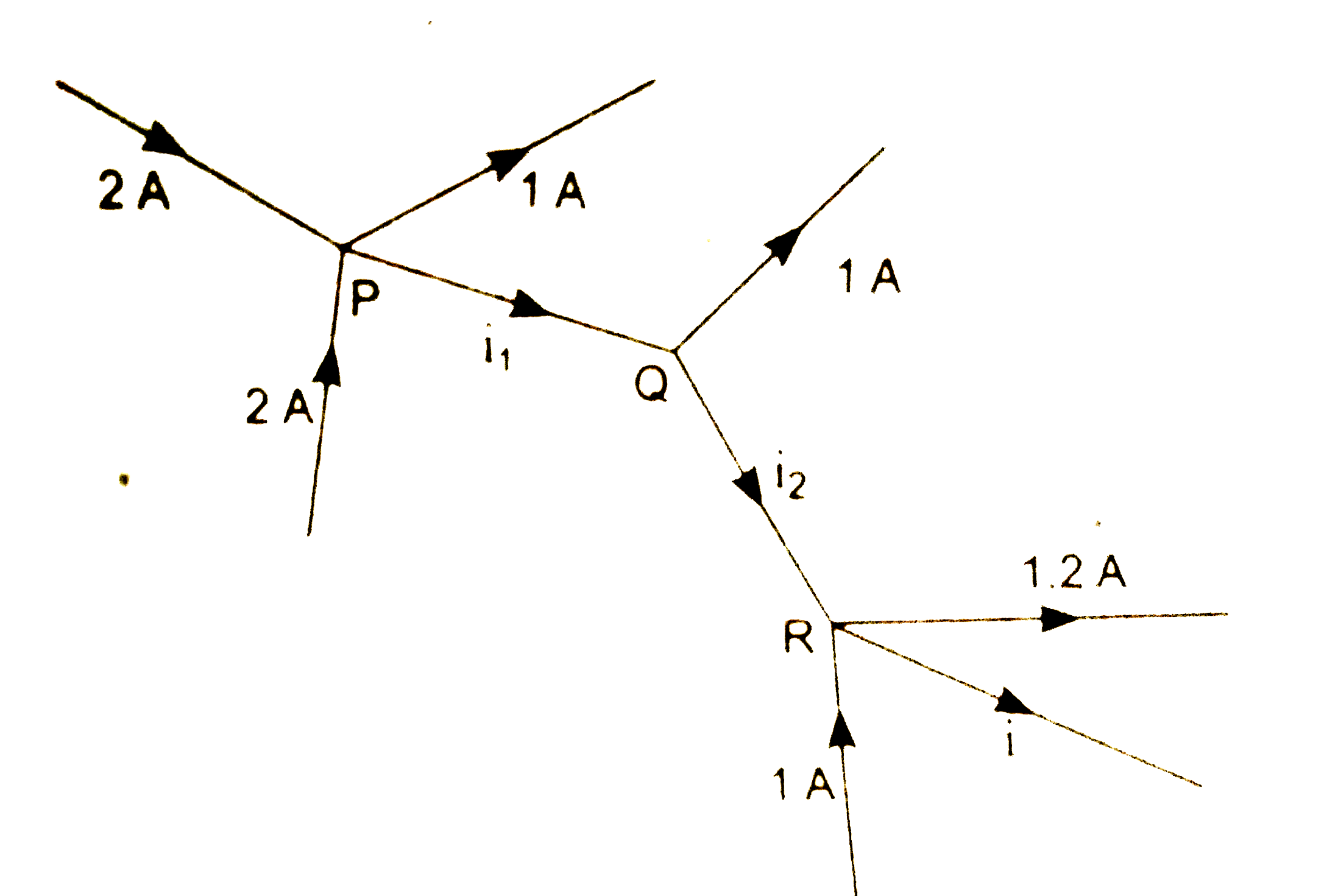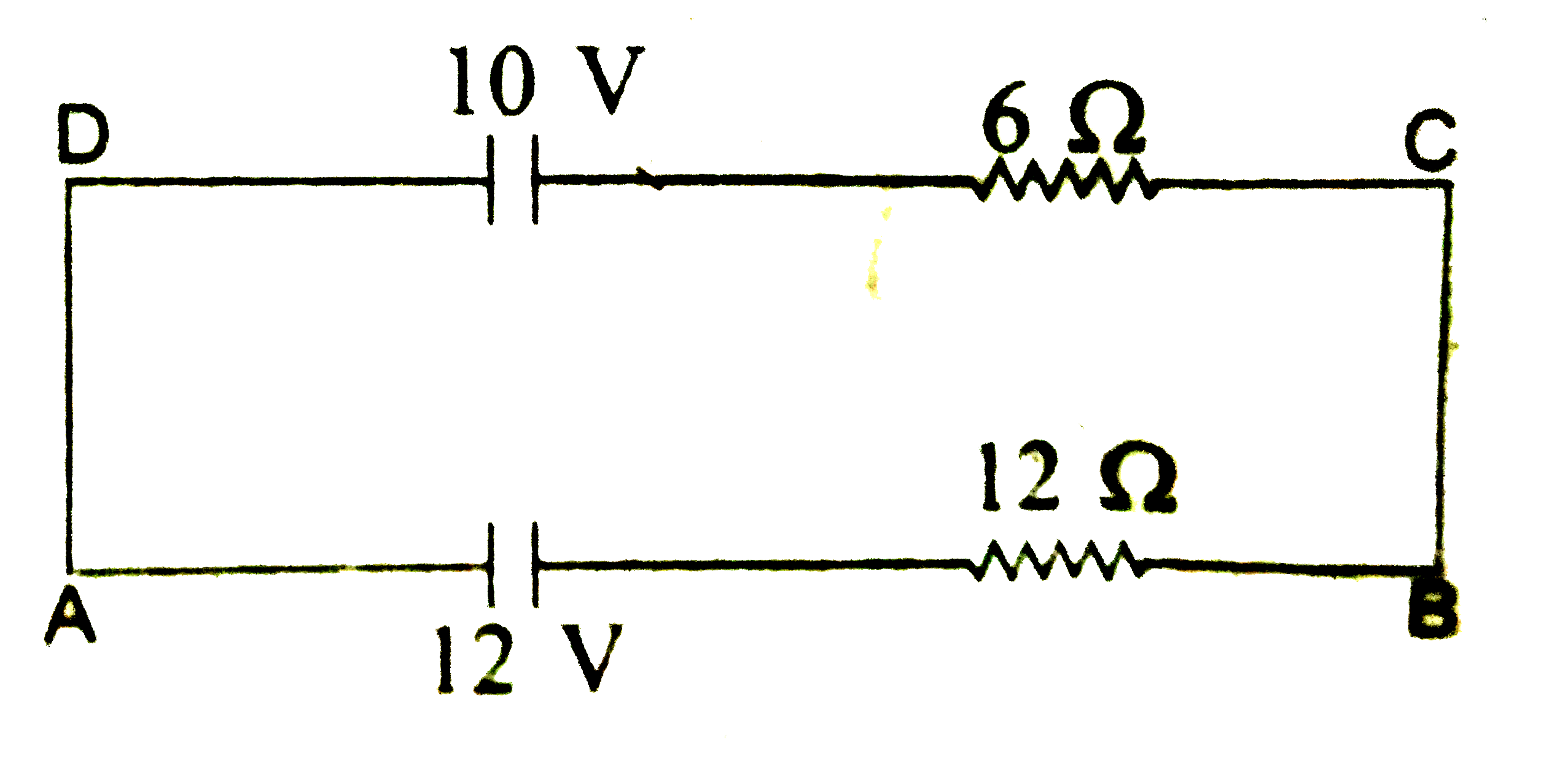The following is an excerpt from the Mahabharata, in which Yudhisthira, the eldest son of Pandava, speaks to Sanjay, a messenger. Sanjaya, convey my respectful greetings to all the Brahmanas and the chief priest of the house of Dhritarashtra. I bow respectfully to teacher Drona ... I hold the feet of our preceptor Kripa ... (and) the chief of the Kurus, the great Bhishma. I bow respectfully to the old king (Dhritarashtra). I greet and ask after the health of his son Duryodhana and his younger brother ... Also greet all the young Kuru warriors who are our brothers, sons and grandsons ... Greet above all him, who is to us like father and mother, the wise Vidura (born of a slave woman) ... I bow to the elderly ladies who are known as our mothers. To those who are our wives you say this, "I hope they are well- protected"... Our daughters-in-law born of good families and mothers of children greet on my behalf. Embrace for me those who are our daughters ... The beautiful, fragrant, well-dressed courtesans of ours you should also greet. Greet the slave women and their children, greet the aged, the maimed (and) the helpless ... Try and identify the criteria used to make this list in terms of age, gender, kinship ties. Are there any other criteria? For each category, explain why they are placed in a particular position in the list.
(i) Not only the age, gender and kinship ties but there were other factors too which were considered to prepare the list.
(ii) Gender differences played an important role in early societies explaining social relations, kinship, access to property and position within household.
(iii) The Brahmana, the Purohits and Gurus were bestowed the highest honours. They were respected widely.
(iv) Fraternal kins were also given respect and considered like parents. People who were equal age of younger were considered at third rank.
(v) Mother was ranked highest among females due to age and because of queen mother. The daughter-in-laws were placed higher than daughters as they belonged to the kuru family and rules of marriage. The children were placed higher to the aged and maimed.
Topper's Solved these Questions
- BOOK - FULL MARKSCHAPTER - KINSHIP, CASTE AND CLASS EARLY SOCIETIES EXERCISE - NCERT TEXTBOOK QUESTIONS SOLVED (Map work)1videos
KINSHIP, CASTE AND CLASS EARLY SOCIETIES
- BOOK - FULL MARKSCHAPTER - KINSHIP, CASTE AND CLASS EARLY SOCIETIES EXERCISE - ADDITIONAL QUESTIONS SOLVED (Very Short Answer Type Questions)28videos
KINSHIP, CASTE AND CLASS EARLY SOCIETIES
- BOOK - FULL MARKSCHAPTER - KINGS, FARMERS AND TOWNSEXERCISE - ADDITIONAL QUESTIONS SOLVED (Project Work)12videos
KINGS, FARMERS AND TOWNS
- BOOK - FULL MARKSCHAPTER - MAHATMA GANDHI AND THE NATIONALIST MOVEMENT CIVIL DISOBEDIENCE AND BEYOND EXERCISE - PREVIOUS YEARS BOARD QUESTIONS SOLVED23videos
MAHATMA GANDHI AND THE NATIONALIST MOVEMENT CIVIL DISOBEDIENCE AND BEYOND
Similar Questions
Compare the map in this chapter with map 1 in chapter 2. List the Mahajanapadas and cities located near the kuru-Panchala lands.
02:33View SolutionWhat do you mean by the term epic?
03:50View SolutionOn the given political outline map locate and label the important kingdoms
(a) Kushanas, (b) Shakas, (c) Satavahanas, (d) Vakatakas, (e) Gupta05:31View SolutionMention any two rumours spread by the people regarding the miraculous powers of Gandhiji.
02:43View Solutionनिमिनलखित में से किसका सिद्धांत जीवन की उत्पत्ति में संबंधित नहीं है?
05:45View Solutionदिए गए परिपथ में धारा I का मान ज्ञात कीजिये ?
 07:06View Solution
07:06View Solutionविघुत परिपथ संबन्धी किरचॉफ के नियम लिखिए । संलग्न चित्र से धारा i का मान ज्ञात कीजिये ।
05:59View Solutionदिए गये विघुत परिपथ की सहायता से ज्ञात कीजिए
- (i) परिपथ में धारा , तथा
(ii) बिन्दु A तथा B के बीच विभवान्तर ।
 04:47View Solution
04:47View Solutionकिसी धारामापी को अमीटर में कैसे परिवर्तित किया जाता है? उपयुक्त परिपथ द्वारा स्पष्ट कीजिए। समीकरण ig=SS+Gi की स्थापना कीजिए ।
02:49View Solutionदो समान्तर धारावाही तारों के मध्य में चुम्बकीय क्षेत्र का मान B है जबकि तारों में क्रमशः i तथा 2i धारायें बह रही है। यदि धारा i वाले टनों में धारा का मान शून्य कर दिया जाये तब चुम्बकीय क्षेत्र का मान क्या होगा?
04:31View Solutionएक लम्बे तार में 10.0 ऐम्पियर की धारा उत्तर से दक्षिण की ओर प्रवाहित हो रही है। तार से 10.0 सेमी दूर एक इलेक्ट्रॉन को दक्षिण से उत्तर के ओर 2.0 मी/से की चाल से प्रक्षेपित किया गया है। इलेक्ट्रॉन पर लगने वाले चुम्बकीय बल का परिमाण एवं दिशा ज्ञात कीजिए।
08:28View Solutionएक प्रेरक के बहने वाली धारा, i=4+12t द्वारा दी जाती है, जहाँ I ऐम्पियर में तथा t सेकण्ड में है | इसमें स्वप्रेरित विधुत वाहक बल 12 mV है | ज्ञात कीजिए- (i) स्वप्रेरकत्व, तथा (ii) t=1 सेकण्ड पर प्रेरक में संचित ऊर्जा एवं इसको प्रदान की गयी शक्ति |
04:23View Solutionएक प्रेरकत्व कुण्डली में वैधुत धारा 0.3 सेकण्ड में शून्य से बढ़कर 8.0 ऐम्पियर हो जाती है जिसके कारण उसमें 30 वोल्ट का प्रेरित विधुत वाहक बल उत्पन्न हो जाता है | कुण्डली का स्वप्रेरण गुणांक ज्ञात कीजिए |
05:08View Solutionएक प्रेरक में प्रवाहित धारा, i=2+5t द्वारा व्यक्त की जाती है, जहाँ i ऐम्पियर तथा t सेकण्ड में है | इसमें स्वप्रेरित विधुत वाहक बल 10 मिलिवोल्ट है | ज्ञात कीजिए -
(i) स्वप्रेरण गुणांक, तथा (ii) t=2 सेकण्ड पर प्रेरक में संचित ऊर्जा |05:06View SolutionL स्वप्रेरण गुणांक का प्रेरक तथा R प्रतिरोध वाले बल्ब को प्रत्यावर्ती धारा स्त्रोत के साथ श्रेणीक्रम में जोड़ा जाता हैं परिपथ की प्रतिबाधा का सूत्र लिखिए । बल्ब की चमक पर क्या पड़ेगा , यदि -
(i ) प्रेरक में फेरो की संख्या घटा दी जाये ?
(ii ) लोहे की छड़ प्रेरक कुण्डली में प्रवेश कराई जाये ?03:47View Solutionनिम्नलिखित समीकरणों के अनुसार धातु A,B,C,D व H2 की विधुत - रासायनिक श्रेणी का निर्माण करो ।
(i) 2A+2HCl→2ACl+H2
(ii) B+2HCl→BCl2+H2
(iii) 2A+BCl2→2ACl+B
(iv) D+CCl2→DCl2+C
(v) D+HCl→ कोई अभिक्रिया नहीं03:59View Solution
